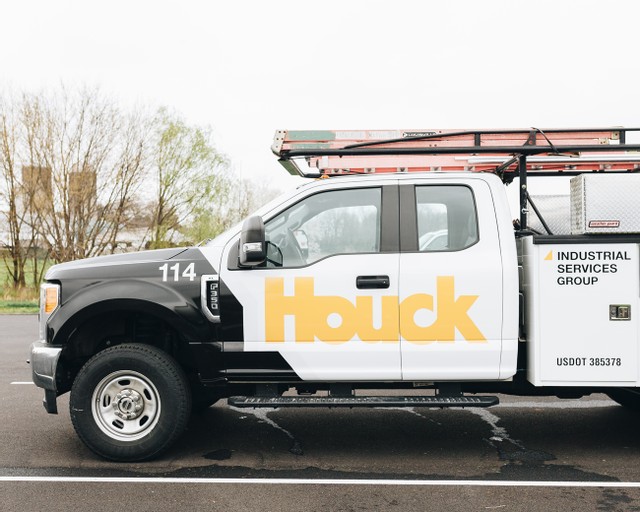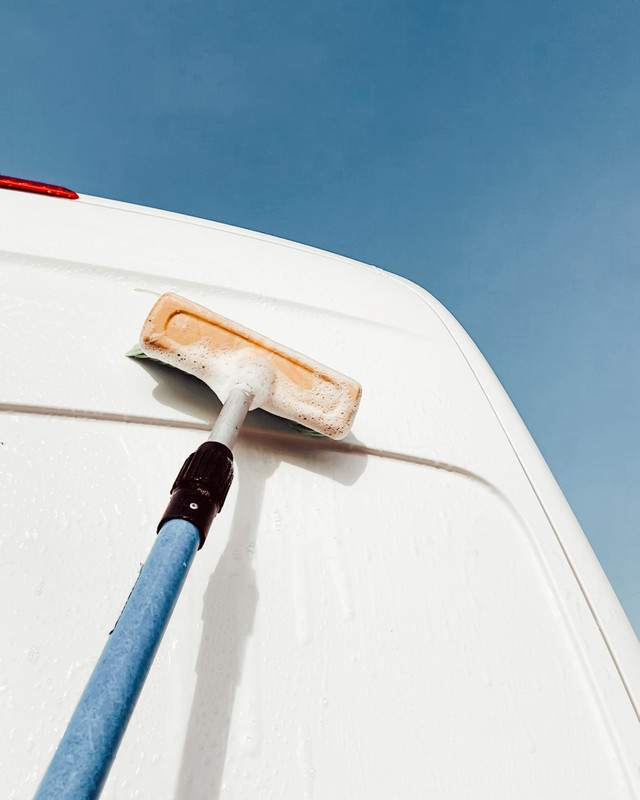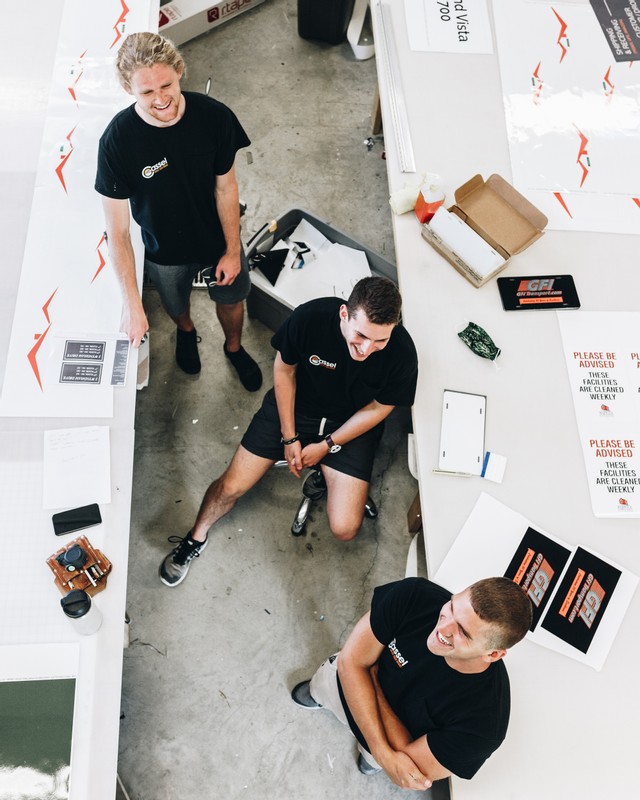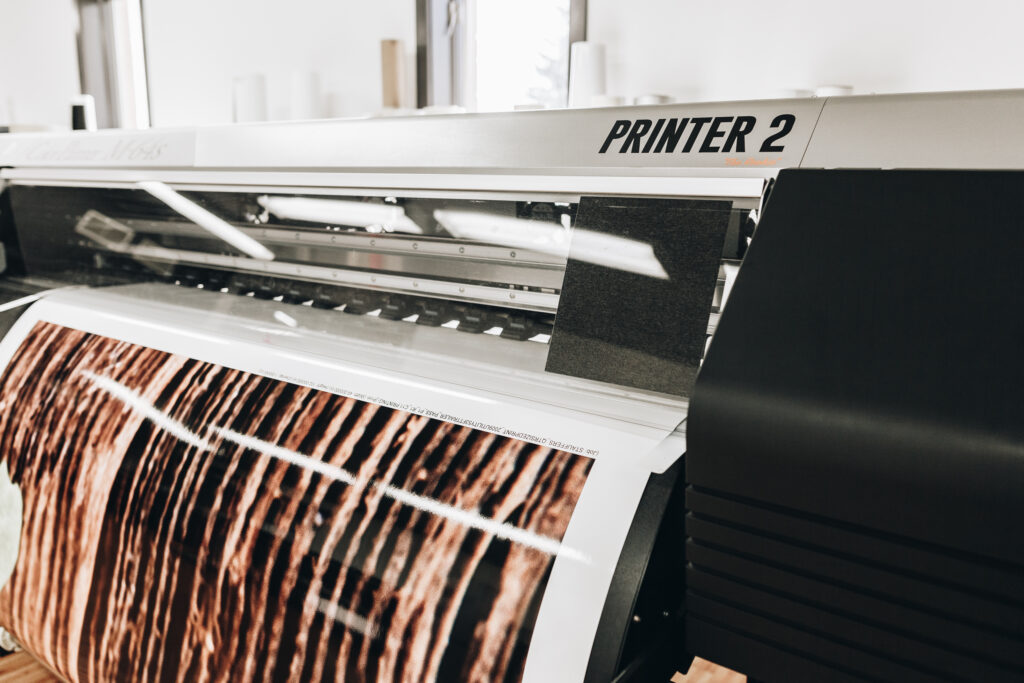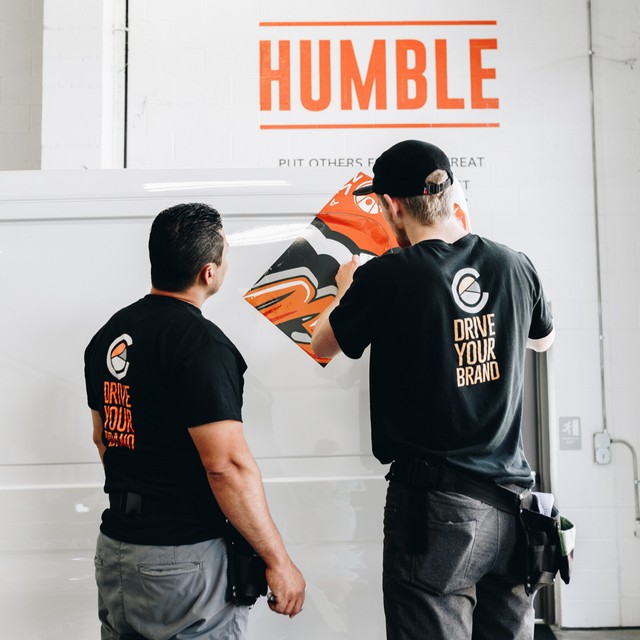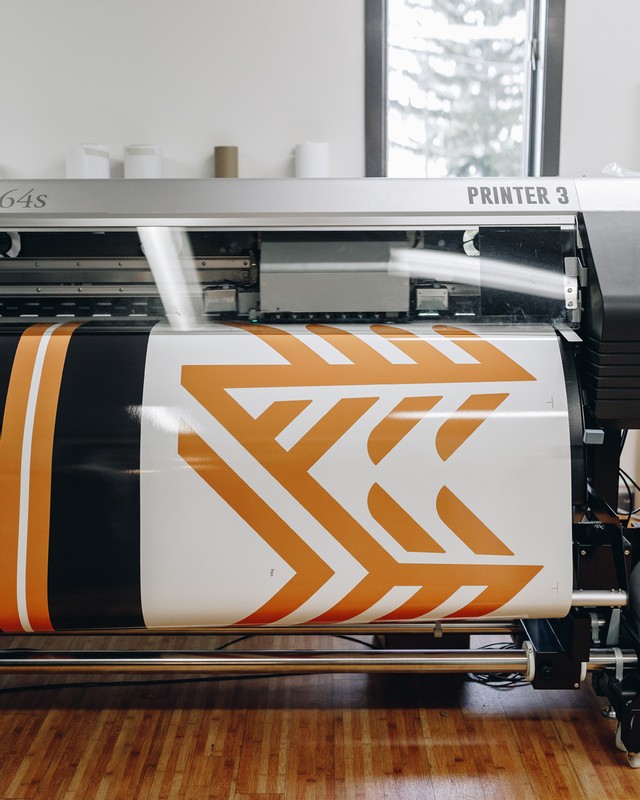WHAT CAN FLEET GRAPHICS NOT COVER ON A VEHICLE?
Fleet graphics have become increasingly popular in the world of advertising, enabling businesses to promote their brand effectively while on the move. The versatility of vinyl graphics makes them an ideal choice for transforming vehicles into mobile billboards. However, it’s essential to understand that not every surface on a vehicle can or should be wrapped in vinyl. Let’s explore what fleet graphics can cover on a vehicle and highlight the areas that are not suitable for vinyl application.

VEHICLE WRAPPING BASICS
Before diving into the limitations of fleet graphics, let’s quickly recap what vehicle wrapping entails. Vinyl vehicle wraps involve applying large sheets of designed vinyl film to the exterior surfaces of a vehicle. This process allows businesses to brand their fleet, advertise their products or services, and create a memorable presence on the road.
SUITABLE AREAS FOR FLEET GRAPHICS
Body Panels
The primary canvas for fleet graphics is the flatter body panels of a vehicle. Whether it’s a car, van, truck, or trailer, vinyl wraps adhere exceptionally well to smooth, non-porous surfaces. These panels offer ample space for eye-catching designs that incorporate logos, text, and other branding elements.
Windows
Vinyl films designed for vehicle wraps come in various types, including perforated window film. This material allows graphics to be applied to windows without significantly obstructing the driver’s visibility from the inside.
Tailgates and Rear Doors
These areas are commonly utilized for displaying company logos, slogans, and contact information. Vinyl graphics can be customized to fit these specific areas seamlessly.
UNSUITABLE AREAS FOR FLEET GRAPHICS
Although fleet graphic can cover most of a vehicle’s exterior, certain areas are not suitable for vinyl application due to their unique characteristics. These include:
Rubber Trim and Moldings
Vinyl graphics struggle to adhere to rubber trim and moldings due to their uneven and flexible surfaces. Attempting to wrap these areas may result in poor adhesion, premature peeling, or an unsightly appearance. It’s best to avoid applying vinyl to such parts.
Non-Smooth Surfaces
Vinyl graphics require a smooth, non-porous surface for optimal adhesion. Textured surfaces, such as rubberized coatings, rough plastics, caulk, or unfinished metals, do not provide the necessary qualities for adhesion and are unsuitable for vinyl application.
Rough Edges and Rivets
Fleet graphics adhere best to flat and uniform surfaces. Areas with sharp edges, crevices, or exposed rivets can create challenges during the installation process and may result in compromised adhesion.
Moving Parts
While vinyl wraps can cover a significant portion of a vehicle’s exterior, they also have their limitations. Rubber trim, textured surfaces, rough edges, and moving parts are areas that should not be covered with vinyl graphics. By understanding what can and cannot be wrapped, businesses can ensure a successful and visually appealing fleet branding campaign.
While vinyl wraps can cover a significant portion of a vehicle’s exterior, they also have their limitations. Rubber trim, textured surfaces, rough edges, and moving parts are areas that should not be covered with vinyl graphics. By understanding what can and cannot be wrapped, businesses can ensure a successful and visually appealing fleet branding campaign.
